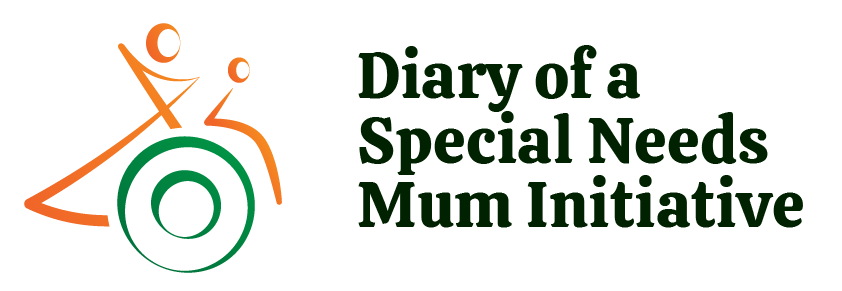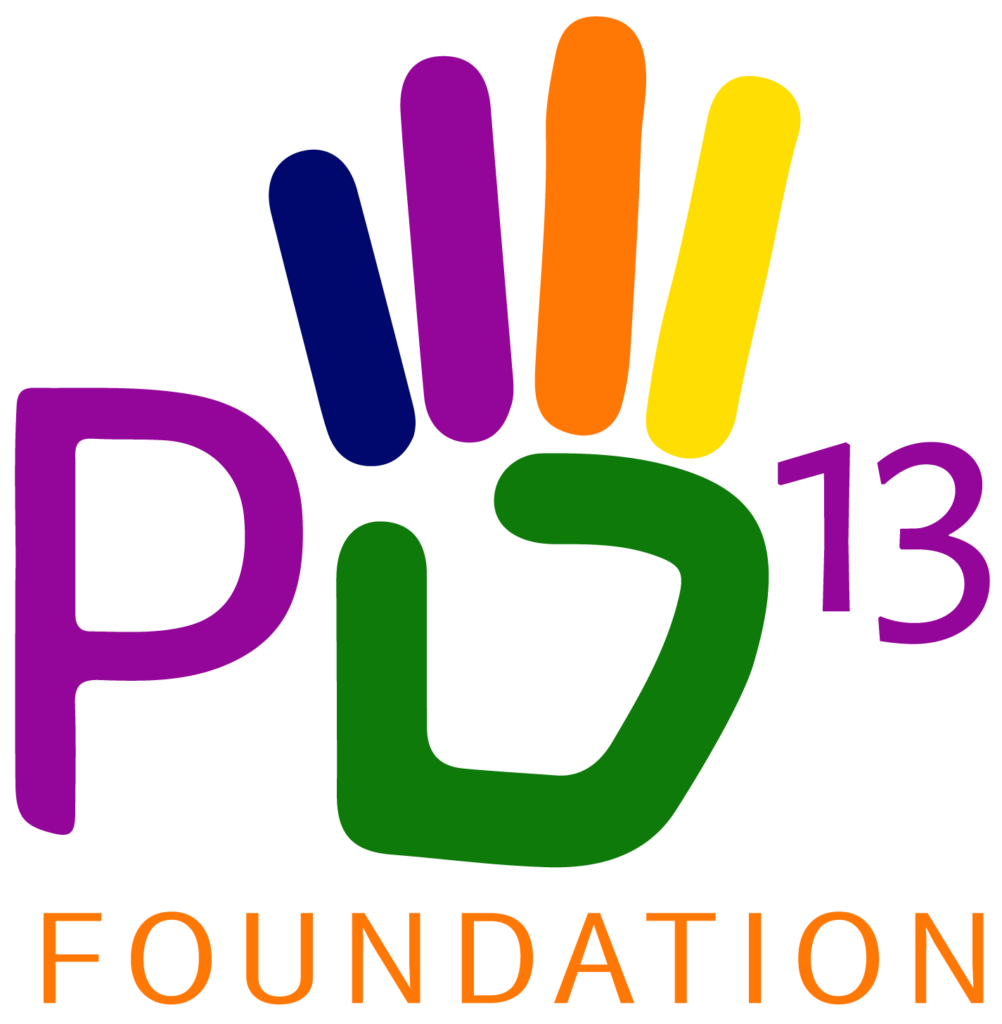What you need to know
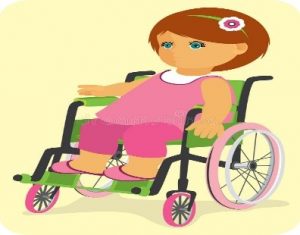
Cerebral palsy is an impairment marked by poor muscle coordination or movement disorder caused by damage to some parts of the brain. This may occur before birth, during birth or the early years of a child’s life.
Do you know that we need our muscles for everything that we do? We need our muscles to talk, cry, smile, sit, stand, walk, raise our head, carry objects or hold things. We even need our muscles to pass feces.
Children who are likely to have cerebral palsy:
- Where mother experienced prolonged labour during child birth
- Babies that were born too early (premature birth)
- Low birth weight in babies
- Babies that suffered from head injuries
- Babies that contacted Infections such as meningitis, e.t.c.
- Babies that had severe jaundice after birth
Types of Cerebral Palsy

- Spastic – Tight muscles, awkward movements
- Diplegia- both legs affected
- Hemiplegia- One side (arm and leg) affected
- Quadriplegia: both legs or both arms paralyzed or weakened
- Double Hemiplegia- Both arms affected more than the legs
- Dyskinetic- Involuntary movements
- Ataxic- Challenges with balance, depth perception, shaky movements
- Mixed CP- A mix of other CP types
How do I know my child has cerebral palsy?
Symptoms in babies
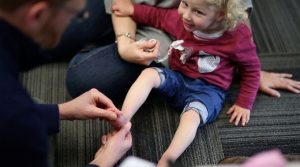
- Low muscle tone (baby feels ‘floppy’ when picked up)
- Unable to hold up his/her own head while lying on their stomach or in a supported sitting position
- Muscle spasms or feeling stiff
- Poor muscle control, reflexes and posture
- Delayed development (can’t sit up or independently roll over by 6 months)
- Feeding or swallowing difficulties
- Prefers to use one side of their body
Symptoms in toddlers/children
- not walking by 12-18 months
- not speaking simple sentences by 24 months
How do I help my child?
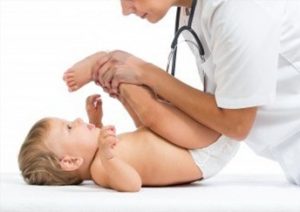
-
- Your child will need to be assessed by a doctor with special interest in children and development (neuro pediatrician)
- The doctor will ask for the mother’s pregnancy history, situation of birth and the child’s welfare till date.
- A full examination will be conducted
-
-
- Blood test- Other health problems may cause symptoms that are similar to cerebral palsy. To rule that out, the doctor may recommend blood test
- MRI-Magnetic Resonance Imaging is a medical imaging technique to produce a detailed image of the body’s soft tissue and bones.
- EEG- (Electroencephalogram) For this test, small electrodes will be stuck to your baby’s head to measure his brain waves. Sometimes this test helps to detect epilepsy (seizure disorder)
- Audiologist (hearing)
- Ophthalmologist (vision)
-
My child has been diagnosed of Cerebral Palsy
What next?
Things to note before treatment begins.
- The damage is permanent
- The damage does not get worse but without care and attention the child’s health may deteriorate with time
- There is no cure for cerebral palsy
- Early Intervention is key in treatment or managing cerebral palsy.
What is early intervention
Early intervention is the term used to describe services that reach a child early in his or her development, usually from birth through age three. Intervention is vital during this very early time because a child learns and develops at the fastest rate during these first few years. It’s important not to miss out on this crucial part of your child’s development, as it may be more difficult to teach skills to your child as he or she gets older.
Professionals that may work with your child
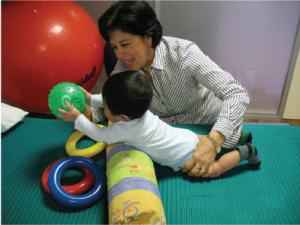
- Physiotherapists – They will help identify and treat your child’s movement disorder through movement and exercise, manual therapy, education and advice.
- Occupational therapist- They will help your child acquire skills for daily living such as sitting, using of hands to perform functions and many more
- Speech therapist- They will work on your child’s communication skills, speech development and feeding
- Special educators- They will work with your child to determine educational needs
What is the role of the family
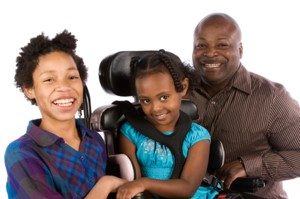
- Ask as many questions about your child from the doctor
- Read books to learn more about cerebral palsy
- Create a loving environment for your child
- Be your child’s advocate – defend your child’s rights
